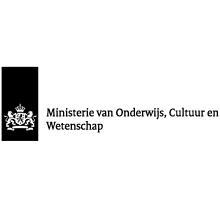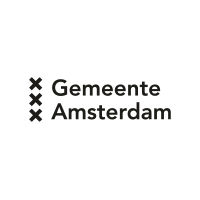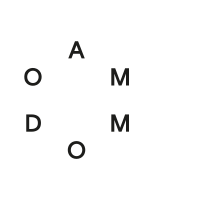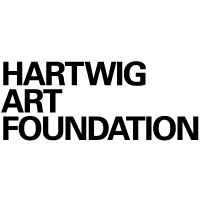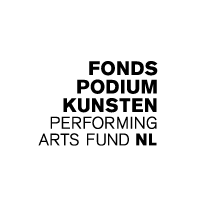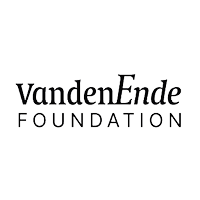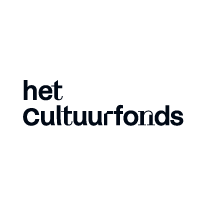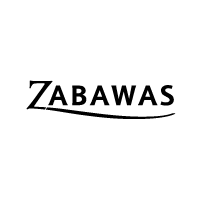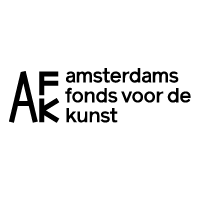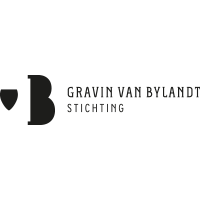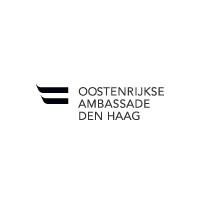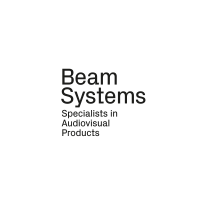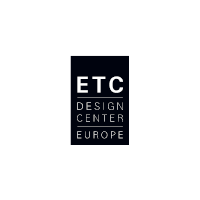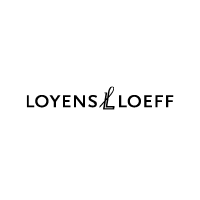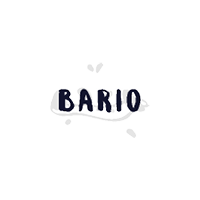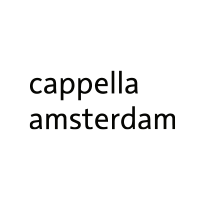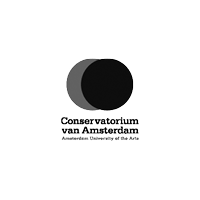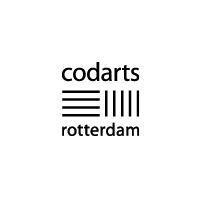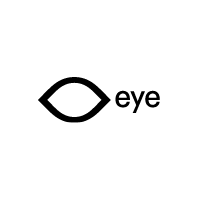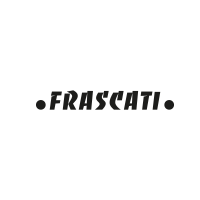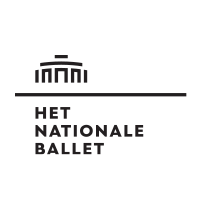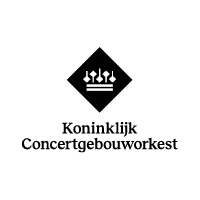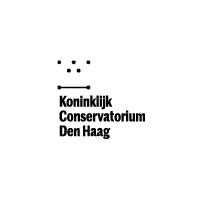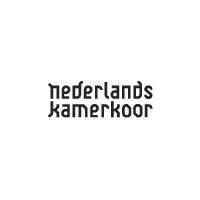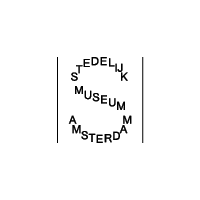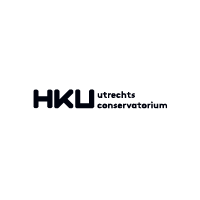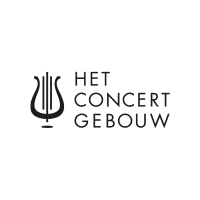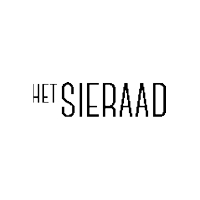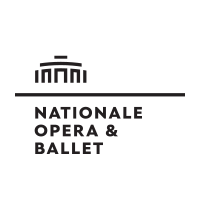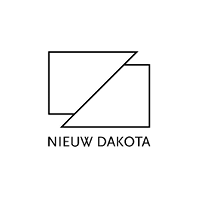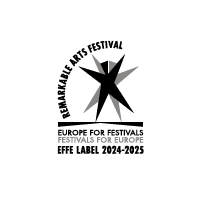welcome to the retrospective 2024!
The Holland Festival experienced its 77th edition this year, with connection at its heart.
The standing ovation Georgina Verbaan received after The Second Woman went on for minutes. In the piece by Australian makers Anna Breckon and Nat Randall, she played the same break-up scene a hundred times over the course of 24 hours. The phenomenal acting performance tested the limits of Verbaan and her mostly non-professional counterparts, and marked the end of the 77th edition of the Holland Festival on 29 June.
The festival began three weeks earlier, on 6 June, with Rite of Spring by Igor Stravinsky, Caroline Shaw, Evangelia Kranioti, Christiane Jatahy, Karina Canellakis, Frank Ticheli and the Radio Philharmonic Orchestra, and Cappella Amsterdam. From the kick-off to the final tour de force, visitors could dive into a wealth of performances, concerts, installations, interviews and conversations, context programmes and nighttime dance parties. The festival’s activities were hosted at 22 locations throughout the city, from Amsterdam’s North to South East and East to New West districts. The Holland Festival seeped into the fibres of the city and added colour to Amsterdam’s nighttime culture with several parties and a club evening.
The artists onstage connected with audiences in different ways. Not just through proven artistically imaginative means, but through active interaction as well. Visitors were not just spectators, but also conversation partners, a sounding board, co-creators and subject. Tying everything together was the search for common ground, at the very least a domain where we can ‘agree to disagree’, but better yet an open dialogue, which could give a sense of togetherness, a mental and emotional ‘home’.













































































































